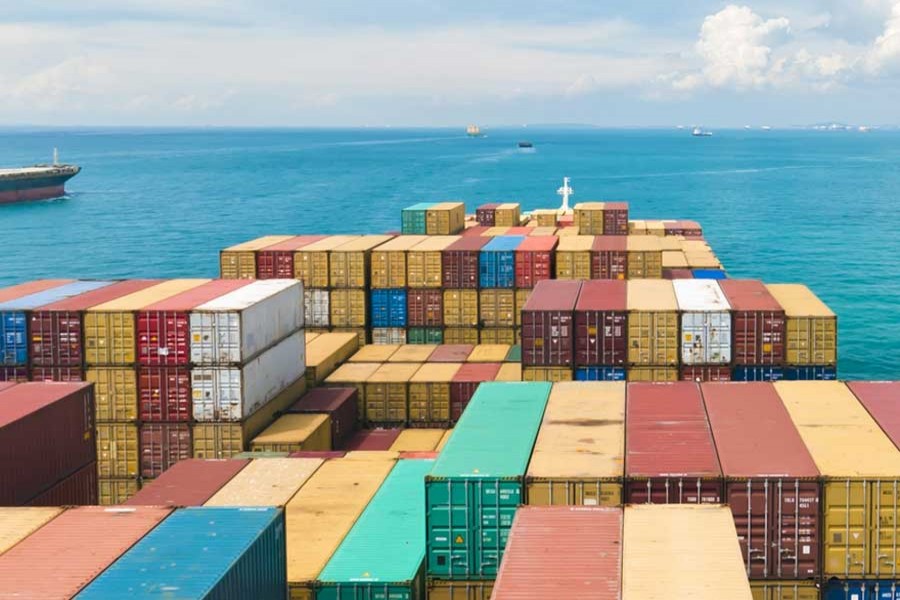
Published :
Updated :

With the national Budget for the financial year 2019-20 just around the corner, the need for easing non-RMG exports has surfaced very strongly, perhaps more than ever before. There are demands from businesses for equal treatment of the non-RMG export industries at par with the garment sector which is commonly believed to be a far greater beneficiary of government policies in respect of tariffs, bonded warehousing and a host of other facilities including incentives. At a workshop held in the capital last week, speakers pointed to the lack of appropriate facilitations for the non-RMG sector as largely responsible for less than expected export performance. They held that the government should provide effective bonded warehouse facility to non-RMG exports, particularly leather, light engineering, plastics and electronics goods to diversify the export basket and grab larger export markets.
In this context, a study done by the think tank Policy Research Institute (PRI) has pointed out that the country's non-RMG export sector lost approximately $4.2 billion to $8.4 billion in the period between fiscal year 2012-13 and 2016-2017 for want of required facilities, particularly special bonded warehousing. The reason underlying the importance of bond facility for prospective non-RMG products need not be overemphasised. Besides the ease in importing various materials and accessories for manufacturing finished products for export, bonded warehousing offers great advantage to exporting firms in handling export operations with much lower financial involvement. The spectacular success of Bangladesh's garment sector for well over three decades has proved bonded warehousing as an unquestionable facilitator in exporting. This is more so because in a credit-scarce trade regime like in Bangladesh, the benefits from bonded warehousing can make up for significant fund requirement by allowing lower investment due to tax-free import of materials under bond.
This message appears to have been well received by the concerned government agency, the National Board of Revenue (NBR). The NBR Chairman has recently been quoted in the media as saying that his organisation is reviewing the existing bonded warehouse facility as part of its move to extend the same to non-apparel exports. Leather and jute products are, reportedly, on the priority list as potential recipients of bonded warehouse facility. It is expected that NBR would consider the demand for bond facility for other potential export items as well, if necessary, through consultation with the representatives of respective sectors. Also, it would be critically important to ensure that the facilities are not abused as often alleged-not only by the media but by the NBR itself.
However, it must not be missed that alongside bonded warehousing facility, there are other measures the government may consider for facilitating non-RMG exports. It is generally believed that for want of sufficient facilitations such as preshipment inspection, laboratory testing of products in conformity with the importing countries' standards, certification by designated government agencies as regards fulfillment of compliance needs etc are largely instrumental in not allowing export of a large variety of primary and manufactured products up to the desired level. The government should also examine bringing some of the prospective non-RMG products under fiscal and non-fiscal incentives.


 For all latest news, follow The Financial Express Google News channel.
For all latest news, follow The Financial Express Google News channel.